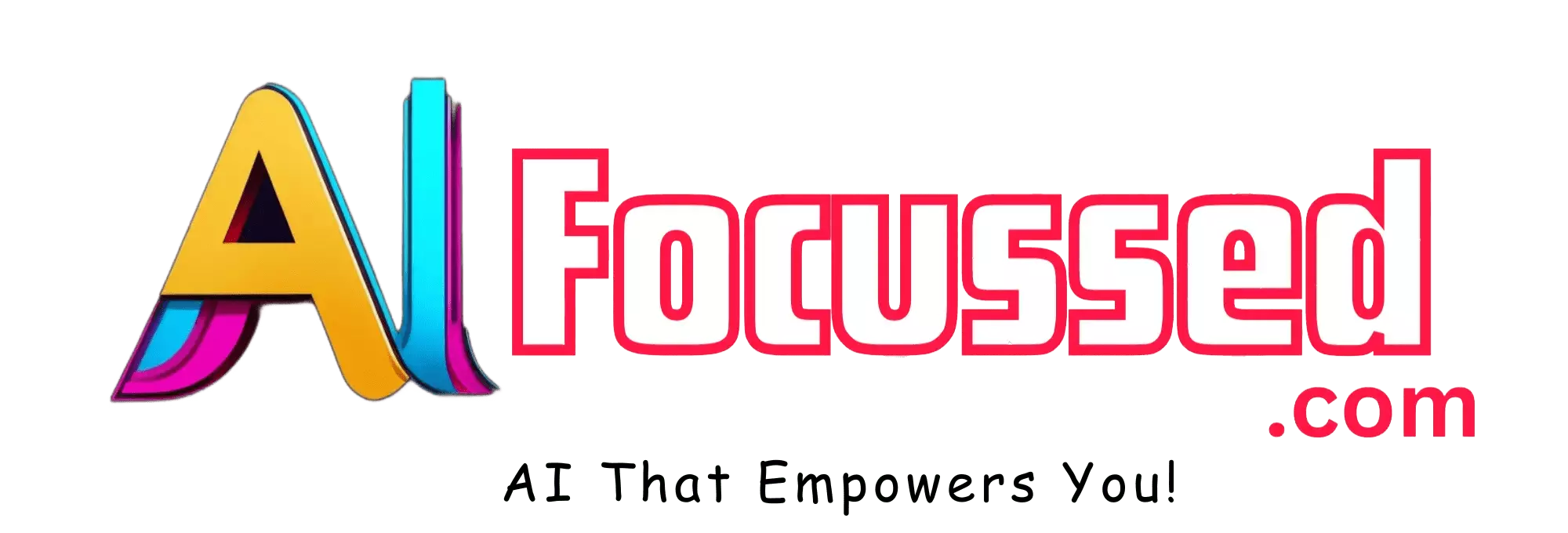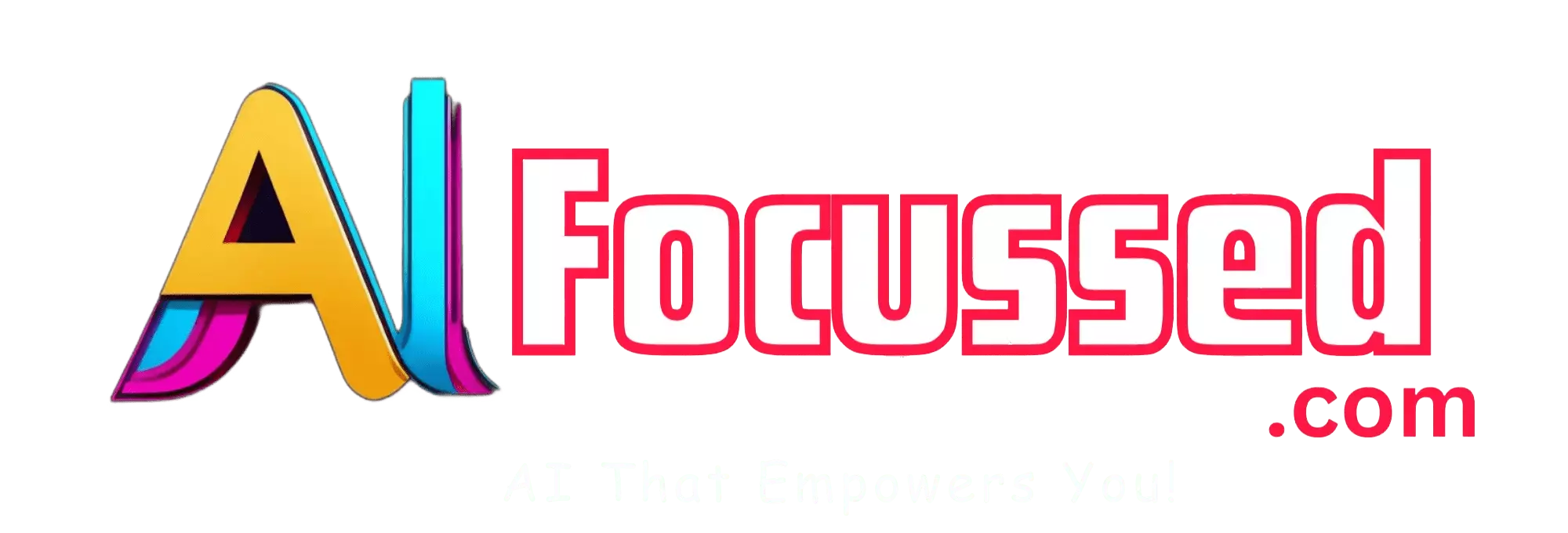Have you ever wanted to watch a YouTube video in a different language, but the subtitles needed to be bigger, more accurate or more distracting? Or maybe you wished you could hear your favorite creator’s voice in your native tongue instead of a robotic or unfamiliar one? If so, you’re not alone. Millions of YouTube viewers worldwide face these challenges daily, especially as the platform becomes more diverse and global.
But what if there was a way to automatically dub YouTube videos into other languages using artificial intelligence (AI) without losing the creator’s original tone, emotion and personality? Sounds too good to be true. Well, not anymore. YouTube is testing a new tool called Aloud to make this possible.
Related: Dropbox AI: How It Can Transform Your Work With Smart Summaries And Universal Search
What is Aloud, and how does it work?
Aloud is an AI-powered dubbing service developed by Google’s Area 120, an incubator for experimental products. Aloud aims to make YouTube videos more accessible and engaging for international audiences by allowing creators to dub their videos into other languages using AI easily.
According to the website for Aloud, the dubbing process works as follows:
- First, Aloud transcribes the video and generates captions in the original language.
- Next, the creator can review and edit the captions for accuracy and clarity.
- Then, Aloud translates and dubs the video into the desired language, using natural-sounding voices that match the creator’s style and expression.
- Finally, the creator can upload the dubbed version of the video to YouTube and reach a wider audience.
Aloud claims that transcriptions only take a few minutes and are available in Spanish and Portuguese. Although languages are currently limited, Google says it plans to support Hindi, Bahasa-Indonesia, and other languages soon.
Why is YouTube testing Aloud?
YouTube announced it would test Aloud with hundreds of creators at VidCon 2023, a conference for online video creators and fans. YouTube’s VP of Creator Products, Amjad Hanif, said Aloud would help creators expand their reach and connect with more worldwide viewers.
YouTube has been working towards improving its content’s accessibility for audiences of all languages for a long time. In 2015, YouTube launched a feature allowing creators to crowdsource their fans’ subtitles. In 2017, YouTube added automatic captions for live streams. In 2021, YouTube introduced support for multi-language audio tracks, which allows creators to add dubbing to their new and existing videos.
However, these features have some limitations. For example, crowdsourced subtitles depend on the availability and quality of volunteers. Automatic captions may not be accurate or synchronized with the video. Multi-language audio tracks require creators to partner with third-party dubbing providers, which can be costly and time-consuming.
Aloud aims to overcome these challenges by using AI to automate and simplify the dubbing process. Aloud also promises to preserve the creator’s voice, emotion and lip sync in the dubbed version of the video.
Also Read: Meta Voicebox AI: The Ultimate Tool for Speech Generation
What are the benefits of Aloud for creators and viewers?
Aloud has many potential benefits for both creators and viewers on YouTube. Some of them are:
- Creators can reach new audiences and markets by making their videos available in multiple languages.
- Creators can save time and money using Aloud instead of hiring professional dubbing services or relying on fan-made subtitles.
- Creators can maintain their brand identity and authenticity by using AI voices that sound like them and match their expressions.
- Viewers can enjoy videos in their native language without reading subtitles or listening to unfamiliar voices.
- Viewers can access more content and information from different cultures and perspectives by watching dubbed videos.
- Viewers can have a more immersive and engaging experience by hearing the creator’s voice in their language.
Similar Article: How to Use Google’s Virtual Try-on?
What are the challenges and limitations of Aloud?
Aloud is still in its early development and testing stages, so it may not be perfect or available for everyone yet. Some of the challenges and limitations of Aloud are:
- Aloud may be unable to capture all the nuances and subtleties of human speech, such as humor, sarcasm, irony or slang.
- Aloud may need help to handle complex or technical terms, proper names or acronyms specific to certain fields or topics.
- Aloud may not be able to translate cultural references or idioms that do not have direct equivalents in other languages.
- Aloud may not adapt to different accents, dialects or regional variations within the same language.
- Aloud may need help to ensure the quality and accuracy of the translations and dubbing, especially for languages that are less common or supported.
- Aloud may not be able to respect the preferences and expectations of the viewers, who may prefer subtitles over dubbing or vice versa.
Conclusion
YouTube is testing an AI-powered dubbing tool called Aloud that will allow creators to dub their videos into other languages using AI automatically. Aloud is designed to make YouTube videos more accessible and engaging for international audiences by preserving the creator’s voice, emotion and personality in the dubbed version of the video. Aloud has many benefits for both creators and viewers. Still, it also faces some challenges and limitations that must be addressed. Aloud is currently only available in English, Spanish and Portuguese, but Google plans to add more languages. Aloud has yet to be released to the public, but there is a waitlist that users can join if they would like access.
YouTube Adding Dubbing is a game-changing feature that will revolutionize how we watch videos online. It will open up new possibilities and opportunities for creators and viewers alike and bring us closer together as a global community. Are you excited to try Aloud? Let us know in the comments below!
You might be interested in StyleDrop: Stylized Text-to-Image Generation
Frequently Asked Questions – FAQs
- What is Aloud, and how does it work?
- Aloud is an AI-powered dubbing service developed by Google’s Area 120, which transcribes, translates, and dubs YouTube videos into different languages while preserving the creator’s tone and expression.
- Why is YouTube testing Aloud?
- YouTube is testing Aloud to help creators expand their reach and connect with a wider global audience by making videos accessible in multiple languages.
- What are the benefits of Aloud for creators and viewers?
- Aloud allows creators to reach new audiences, save time and money, maintain brand identity, while viewers can enjoy videos in their native language, access diverse content, and have a more immersive experience.
- What are the challenges and limitations of Aloud?
- Aloud may not capture all nuances, handle complex terms, adapt to accents or dialects, translate cultural references, maintain quality for less common languages, or meet viewer preferences for subtitles.
- What languages does Aloud support?
- Currently, Aloud supports English, Spanish, and Portuguese, but Google plans to add more languages in the future.
- How can users access Aloud?
- Aloud is currently being tested and has a waitlist for users who wish to join and gain access to the AI-powered dubbing tool.



